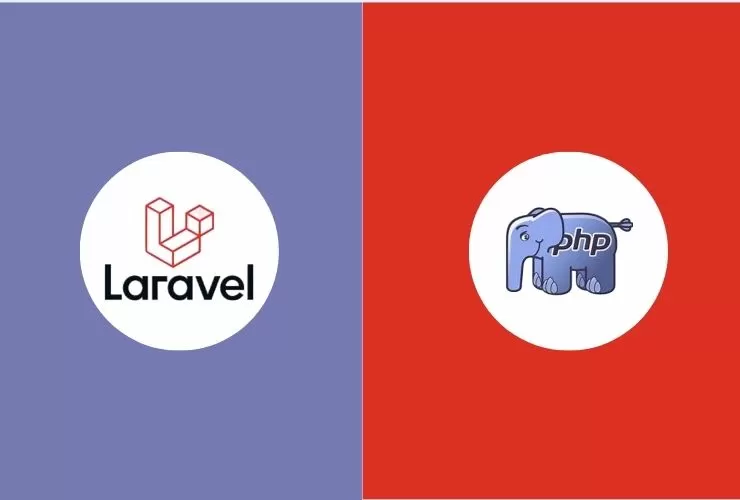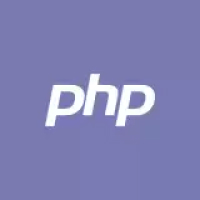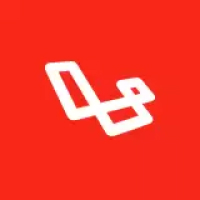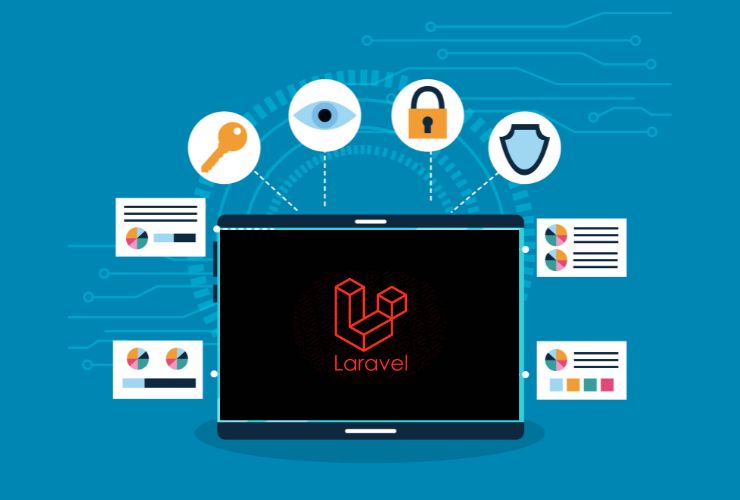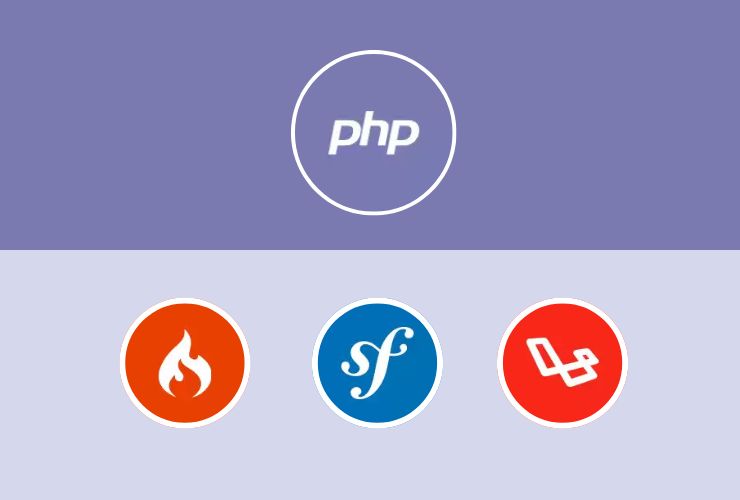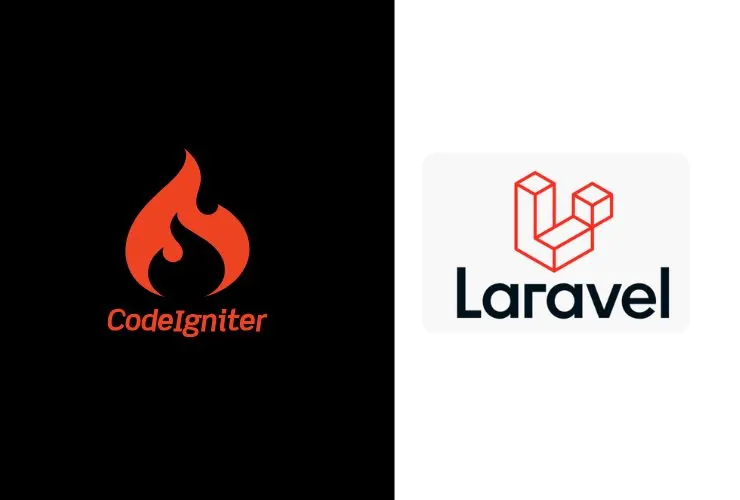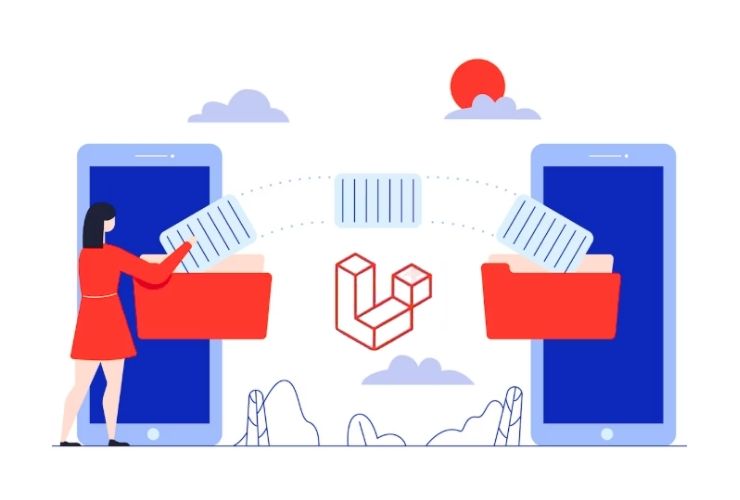The process of building a full-stack application with PHP and Laravel is an excellent way to build highly powerful, dynamic web applications. Laravel is the most popular PHP framework; it makes web development easy for developers because it provides them with elegant syntax, built-in features, and a great developer experience.
1. Setting Up Your Development Environment
Laravel has several ways of implementing authentication, including Laravel Breeze and Laravel Jetstream. These packages allow you to have ready-to-use login, registration, and password reset features, thereby saving time and effort.
The implementation of authentication allows you to control who can access certain aspects of your application so that you can create user-specific content or experiences.
2. Designing the Database Schema
The backbone of any full-stack application is the database. Laravel uses an ORM (Object-Relational Mapping) called Eloquent, which simplifies interacting with the database. You’ll begin by designing a database schema that defines the structure of your data. For instance, if you’re building a blog, you’ll need a table for blog posts, which includes attributes like title, content, and timestamps.
The next step is to create models in Laravel that interact with this schema. Models represent the data structure and allow you to manage and retrieve data from the database seamlessly.
3. Building the Backend Logic
Laravel supports you in organizing your application logic through its system. You can create a series of controllers that will handle operations to manage such acts as retrieving data and saving the output of the data for other further references, processing user inputs and retrieving their information. It means when you want to interact with any module and make some requests of posts blog. The controller then represents all the operations like all blog posts, creating new blog, updating existing ones and removal of posts.
Once your controller is in place, you will define routes that link your application’s URLs to the appropriate controller methods. Laravel’s routing system is flexible and allows you to define clear, simple URLs for your users.
4. Creating Views with Blade Templating
For the frontend, Laravel uses Blade, a powerful templating engine. Blade allows you to create dynamic views that are both simple and maintainable. In a full-stack application, your views will display the data fetched from the backend (such as blog posts) in a user-friendly format.
Views are the heart of the user interface. By using Blade, you can easily integrate PHP data into HTML, allowing you to show dynamic content. For example, your view for displaying blog posts will loop through all the posts retrieved from the database and render them as HTML.
5. Integrate frontend tools and assets
Laravel has a powerful asset management system called Laravel Mix. This system integrates most popular frontend tools such as Webpack, Sass, and JavaScript. You can thus easily manage and compile your JavaScript, CSS, and other assets. You may include popular frontend frameworks like Vue.js or React for increasing interactivity in your application.
6. Authentication and user management
Most full-stack applications need user authentication. Laravel has several ways of implementing authentication, including Laravel Breeze and Laravel Jetstream. These packages allow you to have ready-to-use login, registration, and password reset features, thereby saving time and effort.
Implementation of authentication allows you to control who can access certain aspects of your application, so you can create user-specific content or experiences.
7. Testing and Debugging
Once you have made your application, you should have a good test of how it works. Laravel equips you with strong features that include unit tests, feature tests, and browser-based testing using Laravel Dusk. Testing will help eliminate bugs and performance issues to avoid them when you host the application.
8. Deployment of the Application
After building and testing your application, the next step is deployment. Laravel is highly compatible with several deployment platforms like shared hosting, cloud services (e.g., AWS, DigitalOcean), and specialized Laravel hosting services. During deployment, you’ll need to set up the server environment, configure your database, and migrate your database schema to the production environment.
9. Scaling Your Application
When you increase its size, it becomes really important to scale up the application. Laravel allows for that by offering queue management where background jobs can be made, caching, and automatic repetitive tasks with the features of task scheduling. Thus your application can deal with such increased traffic and complexity levels without a hitch on its performance.
Conclusion
Putting together the simplicity of the language with the robust nature of Laravel, building a fully-fledged application with PHP and Laravel is a way to put it all together. Laravel is particularly easy to use in crafting complex, dynamic web applications because it provides tremendous tools for routing, database management, templating, and even authentication. Whether you are developing a blog, a social networking site, or an e-commerce platform, Laravel has everything ready for you to bring all of your ideas into reality. More importantly, it streamlines development, boosts productivity, and lets you build quality applications in less time.

